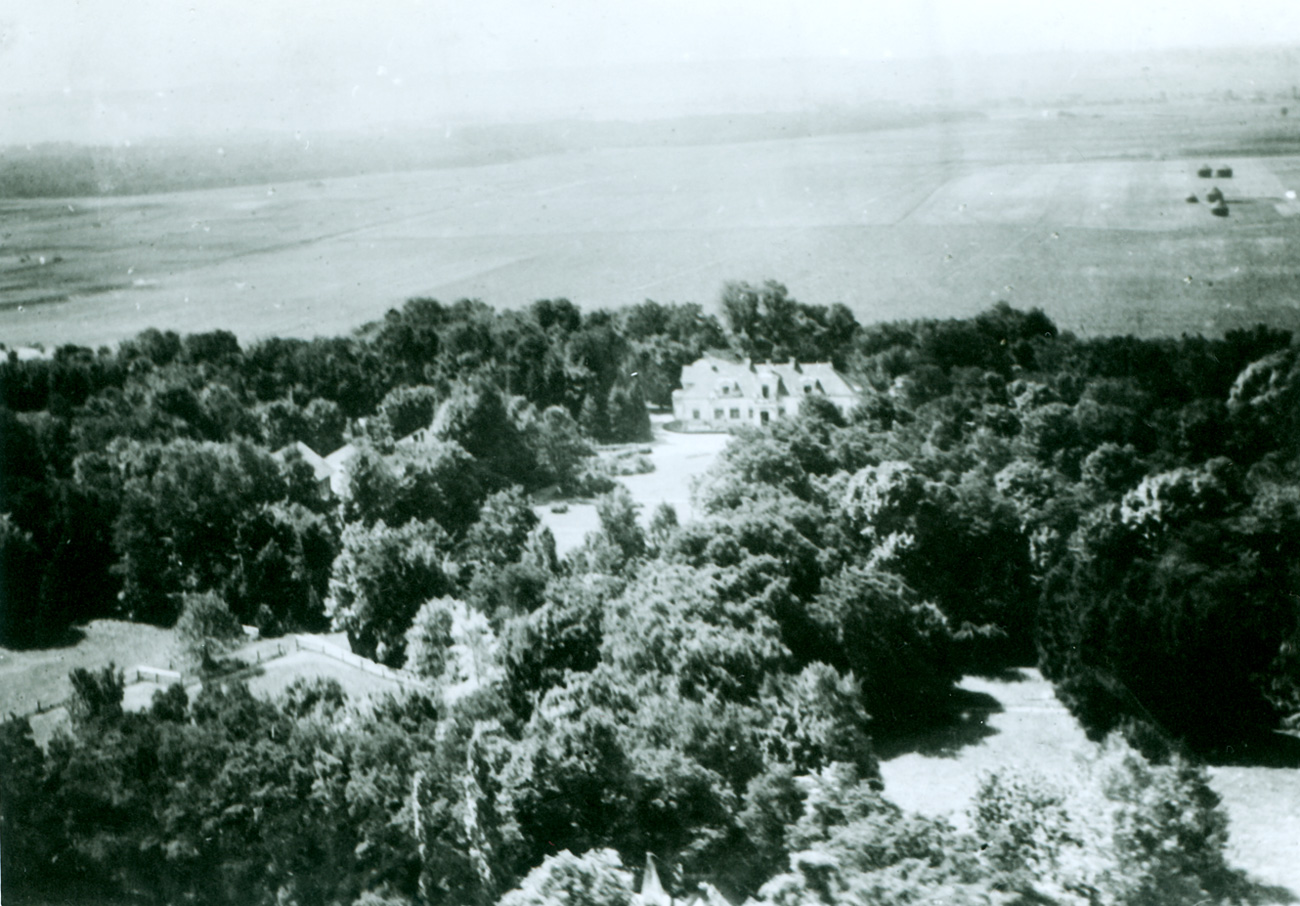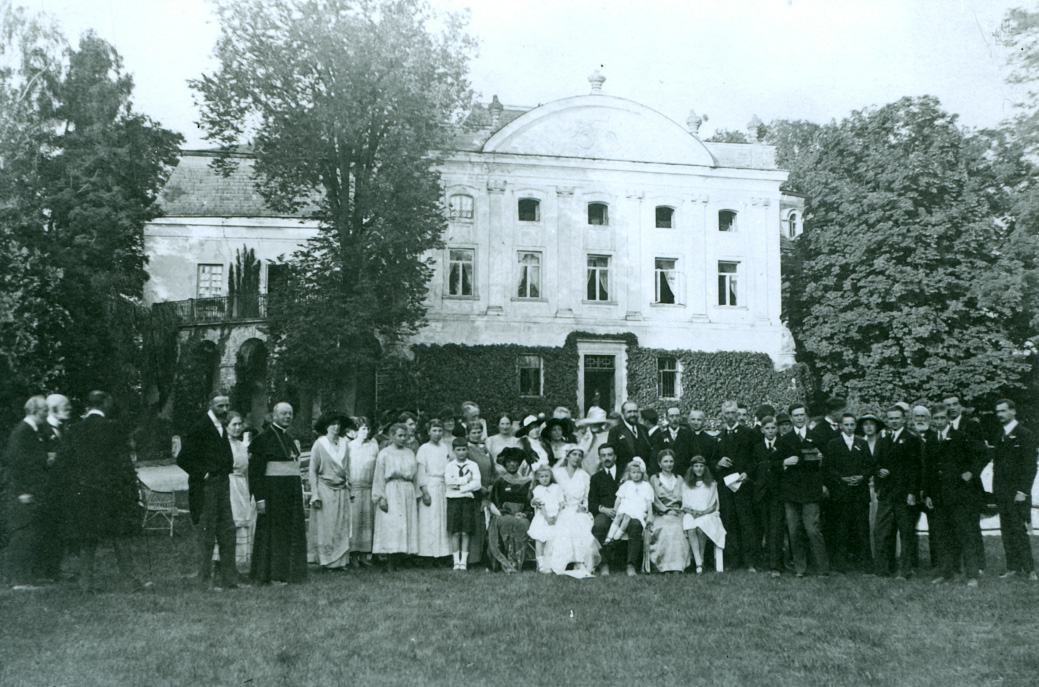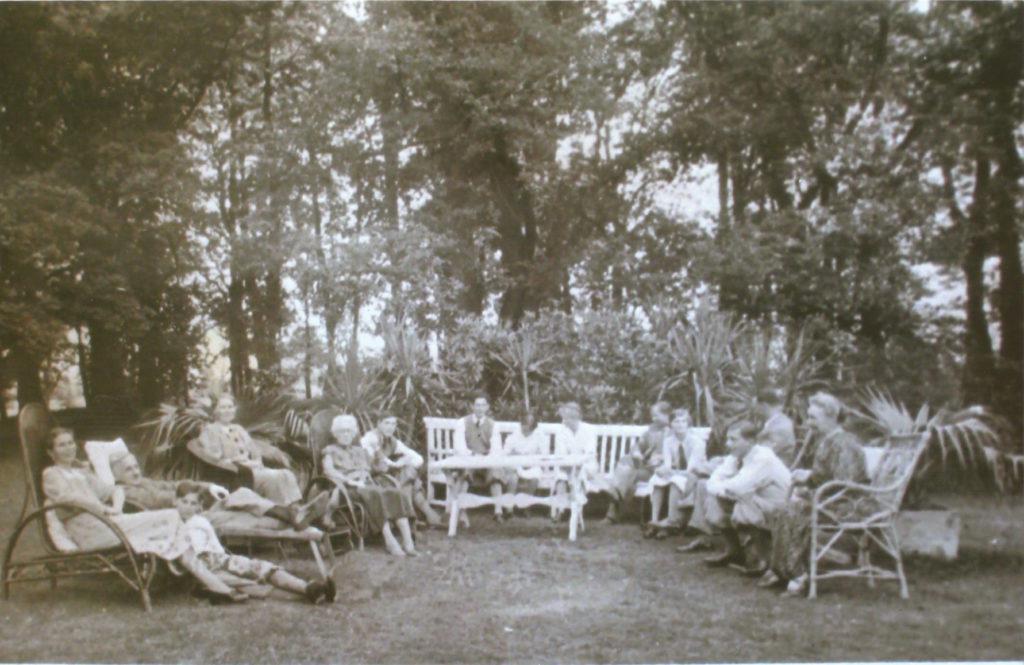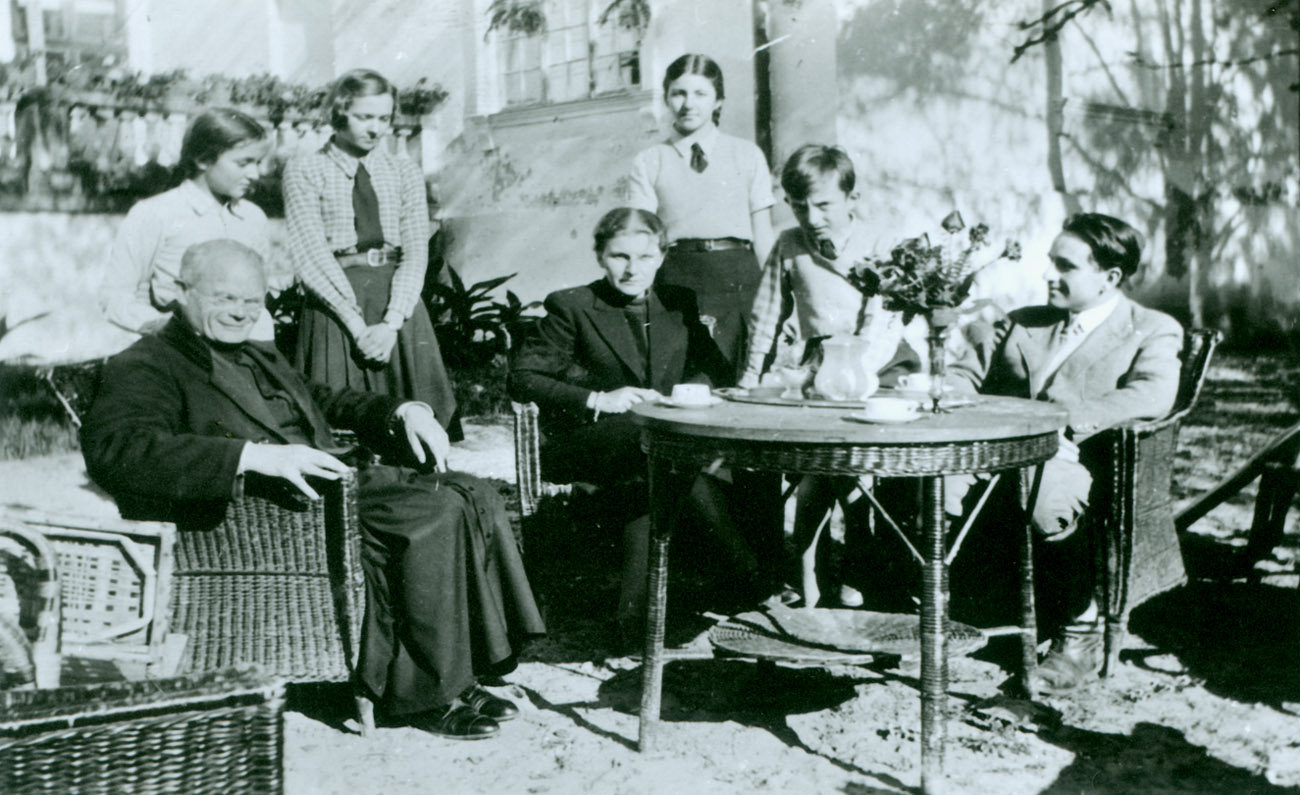In France 5 years had passed since the revolution, and the young republic was entering its most bloody phase before it would be reborn as the Consulate and then the Empire. Many Poles served it, as also did a young aide, later General Stanisław Dunin-Wąsowicz. After the Congress of Vienna, the Sandomierz lands were divided, some governed by Radom and some by Kielce. The border between the annexations was along the Vistula. Sichów found itself in the district of Stopnica, under Kielce.
Kurozwęki, the property of the Sołtyk family passed into the Popiel family, who also lived in Wójcza near Pacanow. Kurożwęki would later become the home of Paweł Popiel,known as his Excellency, the founder in Poland of the Society of St. Vincent de Paul. The Popiel story and that of the closely related Rostworowski family was told in the 1970s by Emmaniel Rostworoski in Popiels and Roots. Fr. Rektor Konstanty Michalski, the eminent Thomist scholar whose portrait hangs today in the Sichów library, was also a missionary of the V- De Paul Society. Later he became a close friend of the Popiels and Radziwiłłs.
The close tie with the Roman Catholic Church, active involvement with it, a belief in the rebirth of Poland and its significance, land husbandry, an interest in literature and the arts, would all permeate the families whose homes were scattered over the fields and woods of Kielce. The January Uprising sowed those fields and woods with graves. A nearby grave, in the Rytwiany woods, near the former Camaldolese monastery, testifies to a skirmish by Langiewicz who made his camp near Staszów in February 1863. In the homes of the landed gentry, there was concern mingled with the belief that they would define the appearance and views of the next generation. Only 50 years later they created today’s Polish state. Its principal world views had their origins in the underground state that arose then, and lasted almost three years.
The end of the 19th century was important because for the first time a family moved into Sichów. Róża Potocka married Prince Maciej Radziwiłł, bringing the Staszów lands as her dowry. The Radziwiłłs chose Sichów as their family home from the beginning of the 20th century. Maciej, while carrying on multiple businesses in Warsaw, also found time to work with the local aristocracy on the affairs of the Kielce lands.
Róża planted trees and established lawns in which she sowed violets, that grow there to this day. Their sons were born in Sichów — Krzysztof, Artur and Konstanty. Róża fell ill and travelled abroad for a cure. Thus the youngest of the Radziwiłł brothers, Maciej, was born in Nice, France.
In nearby Wójcza and Kurozwęki, two Popiel cousins married two Mańkowski sisters. In the Pusłowski house, Czarkowy, Karol Hubert Rostworowski was a frequent visitor. Later he married Róża Popiel from Wójcza. The first few decades of the 20th century were vibrant with the development of culture, attracted by nearby Kraków. Warsaw is farther away, but it was there that there emerged the first signs of hope for a free Poland.
Piłsudzki’s Legions moved rapidly through Kielce. The Marshal stopped in nearby Staszów for one night. Both the Rostworowskis and the Dunin-Wąsowiczes fought in the Legions, the latter falling in the famous charge at Rokitna. Later Artur Radziwiłł from Sichów fought in Piłsudzki’s army, when it reached Kiev in 1920. During the First World War, the Sichów Radziwiłłs left for Moscow where the sons edited the family publication, The Light of the West. In 1916 Krzysztof published, Poems, all available in the restored library of Krzysztof Radziwiłł in Sichów.
Upon returning to Kraków in 1918 Krzysztof took part in disarming the Austrians in the marketplace. Along with his brothers and other sons of the landed gentry in the area they joined the Polish army. At his wedding reception he wore uniform. His wedding to Zofia Chościak Popiel took place on 23rd October 1923, but without his father Maciej who had died suddenly in 1922, and whose body is buried in the monastery at Rytwiany.




